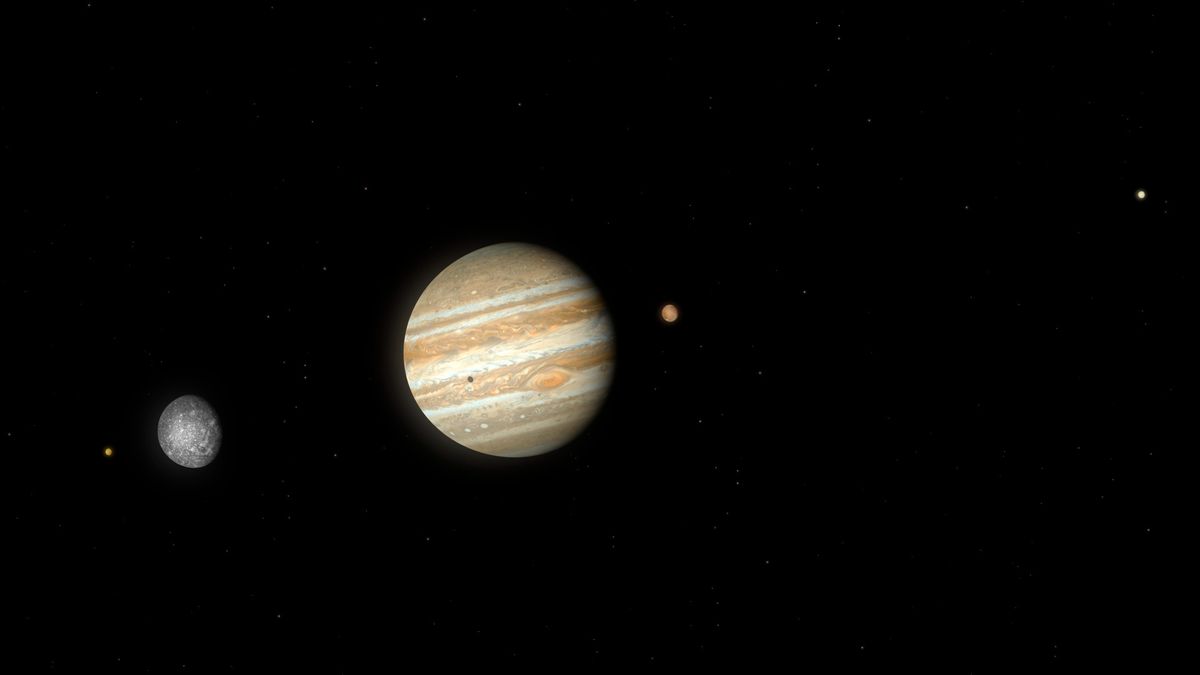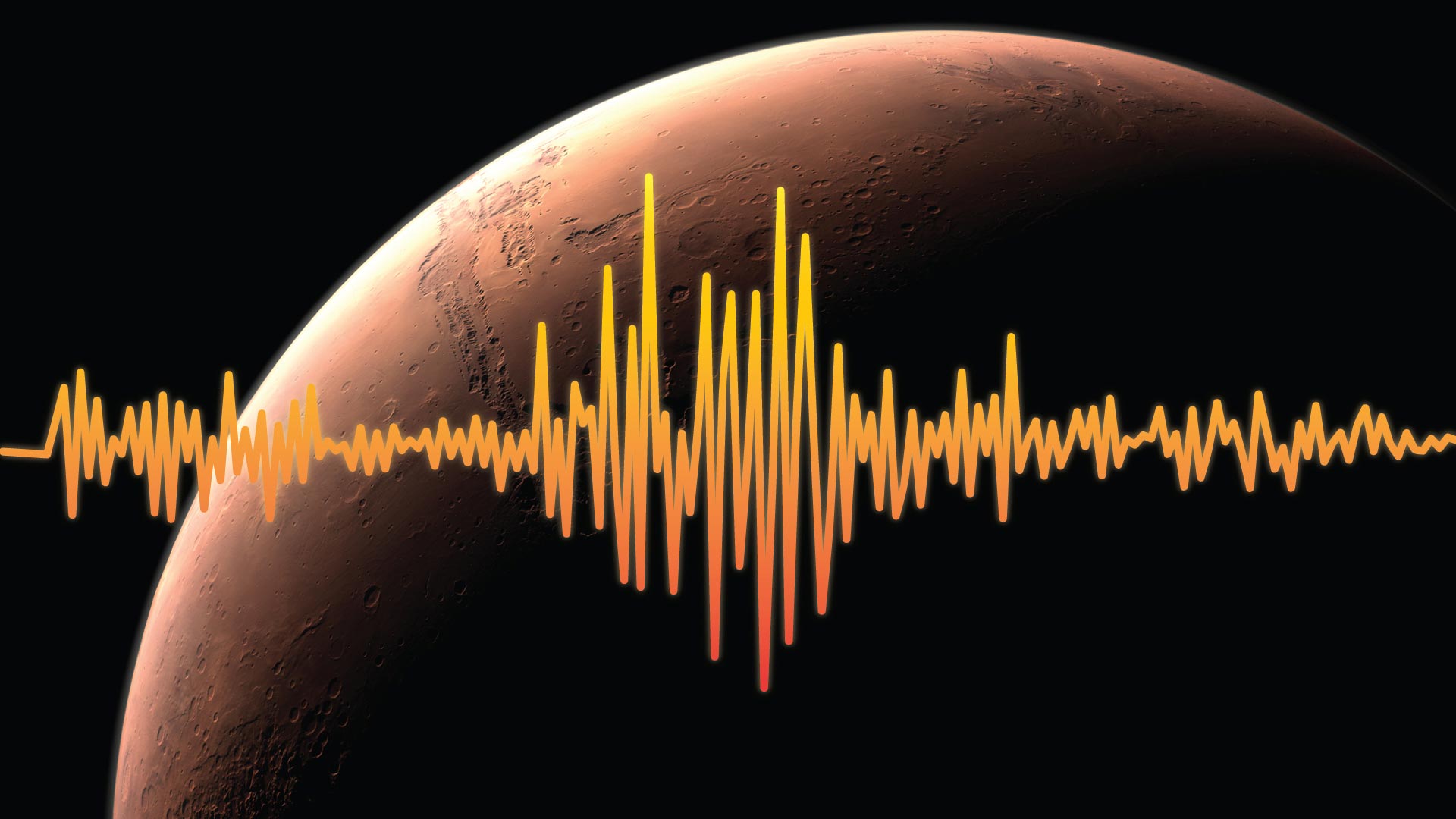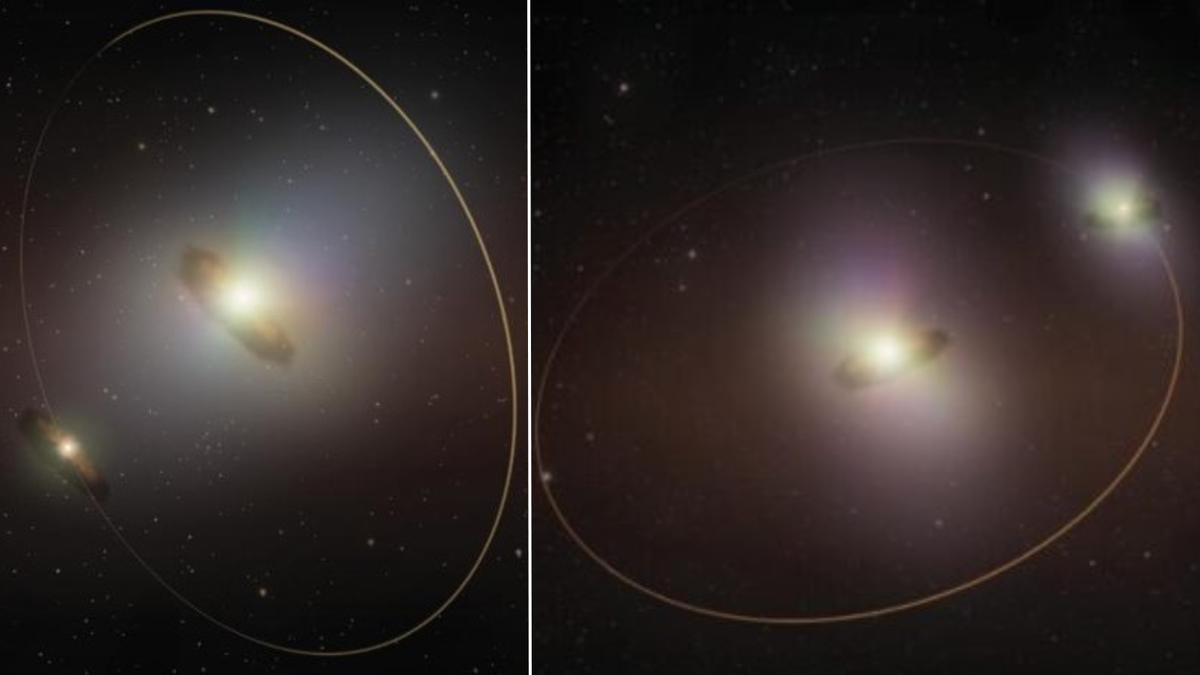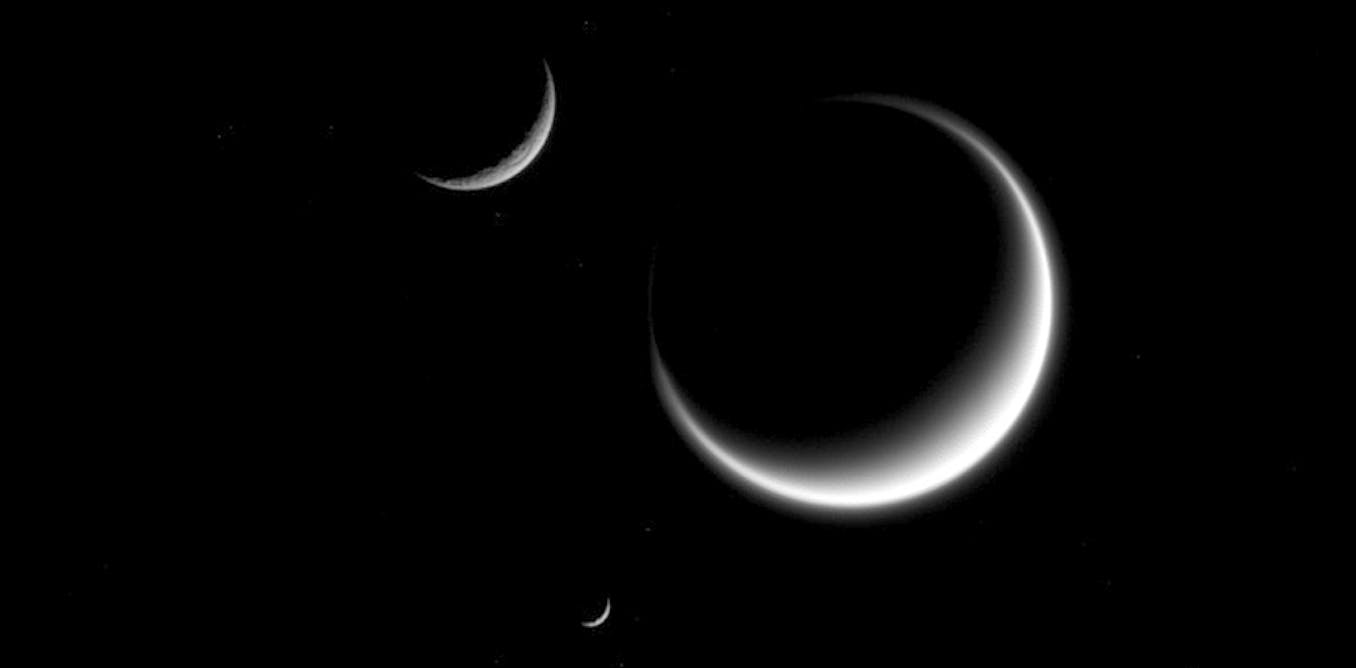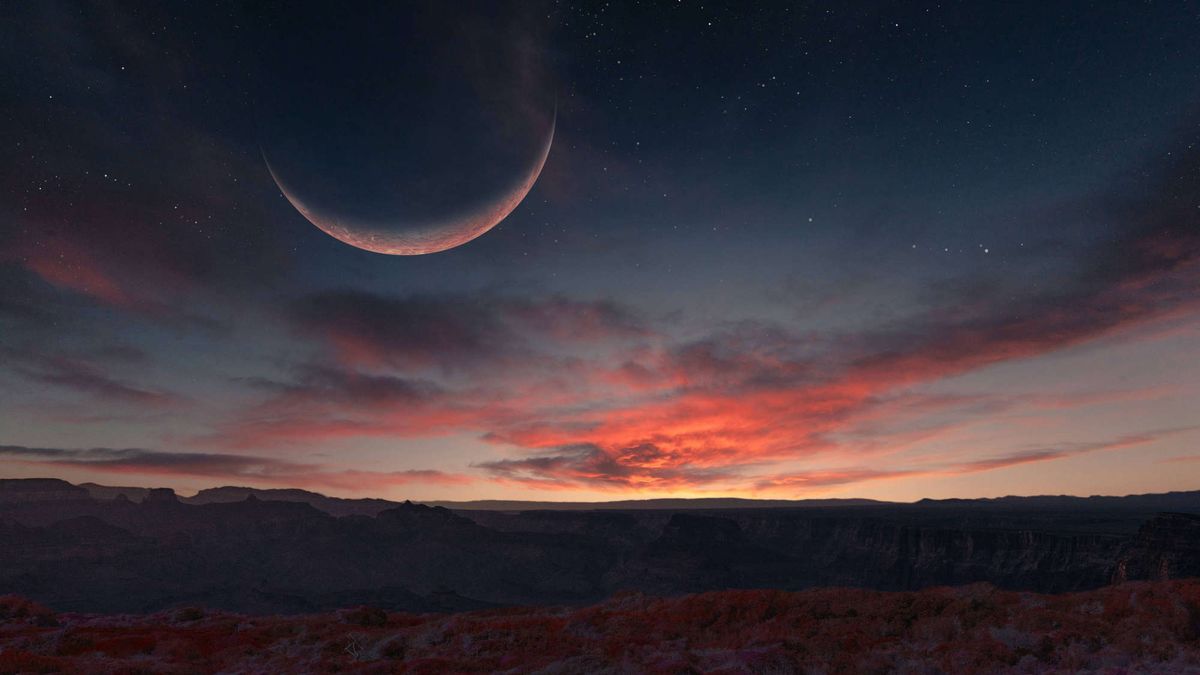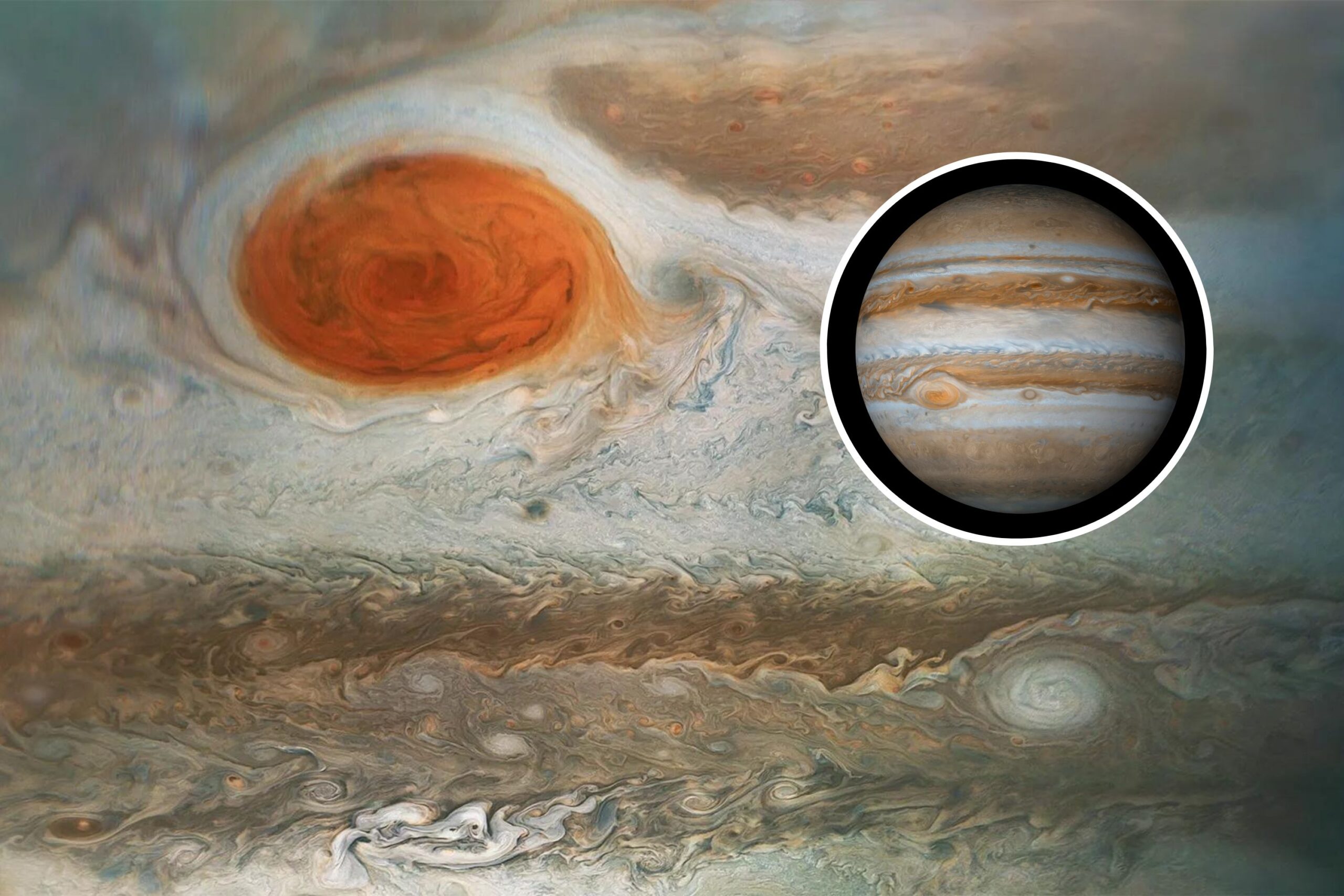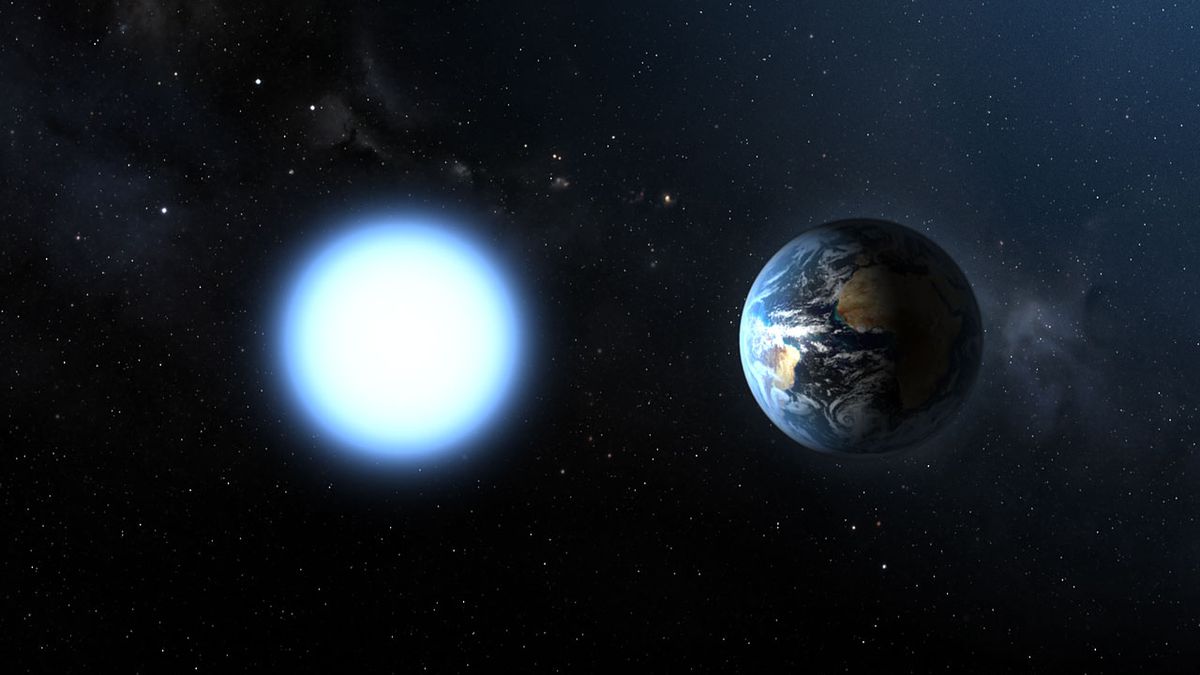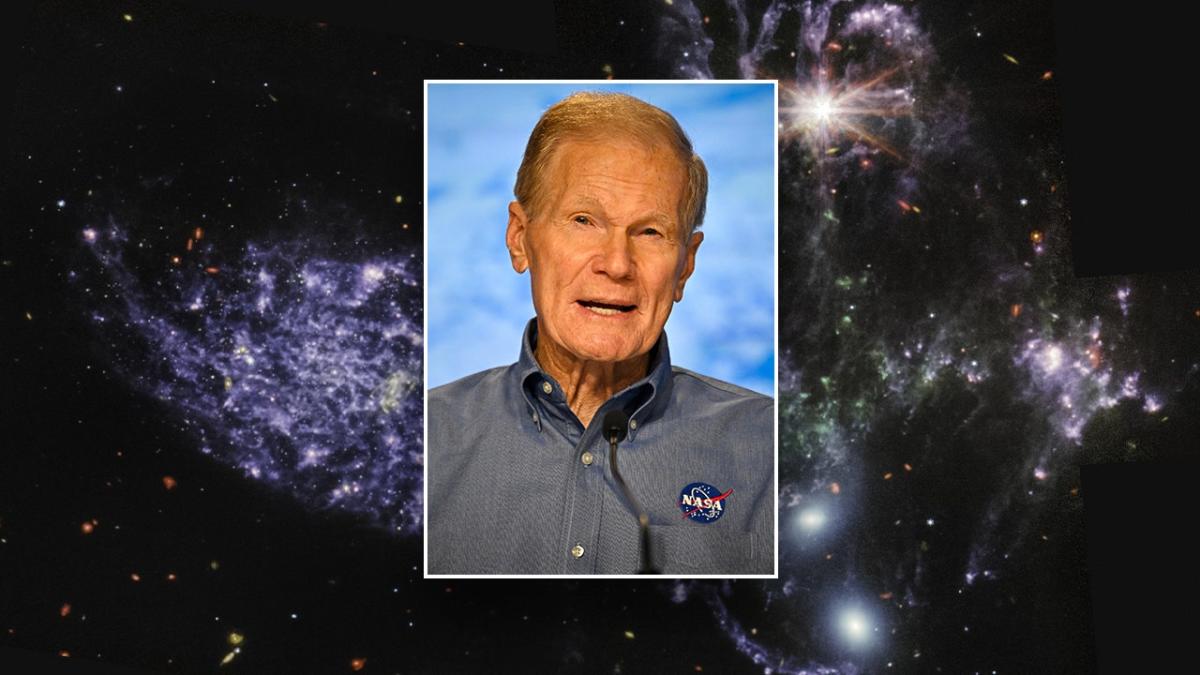Why do some planets have moons? A physics expert explains why Earth has only one moon, while other planets have hundreds
On Earth, you can look up at night and see the moon shining from hundreds of thousands of miles away. But if you went to Venus, that wouldn’t be the case. Not every planet has a moon – so why do some planets have multiple moons while others have none? I am a physics teacher … Read more
